St. Jude’s Souls: Competing with the Skeleton Saint for Mexico’s Faithful
 Feast of St. Jude in Mexico City (all photographs by Toni François)
Feast of St. Jude in Mexico City (all photographs by Toni François)
Practically unknown in Mexico before the 1980s, St. Jude Thaddeus has catapulted to the top position among Catholic saints in the country with the world’s second largest Catholic population. No other canonized saint rivals the popularity of San Judas, the patron of lost causes. Only the Virgin of Guadalupe and folk saint Santa Muerte can compete with St. Jude for Mexican souls. And over the past decade, competition between the nation’s number one Catholic saint and its top folk saint has become very intense, to the point that St. Jude in Mexico is now the only Catholic saint in the world who has a monthly feast day.
Until a decade ago, the green and white cloaked saint only had an annual feast day — October 28 — exactly like his thousands of fellow Catholic counterparts around the world. However, the unexpected arrival of Santa Muerte, a new, heretical grassroots saint personifying death, changed everything. Just a few miles down the road from the famous St. Jude shrine in Mexico City at San Hipolito Church, Santa Muerte pioneer Enriqueta Romero (affectionately known as Doña Queta) has been holding a monthly rosary service dedicated to skeleton saint. It was in response to new competition from Saint Death that enterprising priests at San Hipolito Church decided to initiate St. Jude feasts, celebrated on the 28th of each month.

As seen in these stunning photographs of St. Jude’s annual feast day on October 28, 2014, the celebrations of the patron of lost causes are wildly colorful affairs with devotees from all walks of Mexican life, but especially the working classes, lugging life-sized statues of the holy man, and many others dressed in his trademark green and white garb, which are two of the three colors of the Mexican flag. What really stands out at the monthly fiestas attended by thousands is the presence of marginalized teens and 20-somethings, hundreds of whom are huffing glue and smoking marijuana on the sidewalks that abut the temple. Ironically, the saint who is depicted with the flame of the Holy Spirit on his forehead, has a reputation for healing drug abusers. In fact this has been an important part of the ministry at San Hipolito Church, which now promotes a line of St. Jude bottled water.
The strong contingent of marginalized youth and even criminals makes San Judas every bit as fascinating the Bony Lady down the road. In theory, one of Santa Muerte’s strong appeals is that since she isn’t a Catholic saint, some devotees feel freer in asking her for unsavory favors. However, it turns out that even though he is a canonized saint, Jude is also often asked to perform miracles that aren’t up to Christian standards of morality. This has become such a concern to the Catholic Church that in 2008 the Archdiocese of Mexico City released a statement warning against such unorthodox practices. One such unorthodoxy is the belief by more than a few devotees that when St. Jude is represented with the staff in his left hand, he is open to prayers and petitions that he would never consider with the staff at his right.
Mexico’s top photographer of the country’s religious landscape, Toni François, and I recently collaborated on a Santa Muerte story in Tepito. Her photoset below is the most compelling I’ve ever seen of the celebration of Mexico’s most popular Catholic saint.

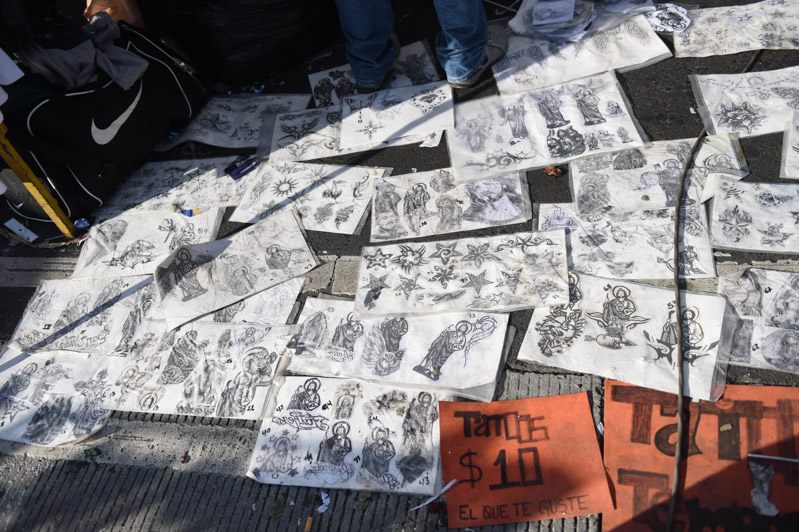
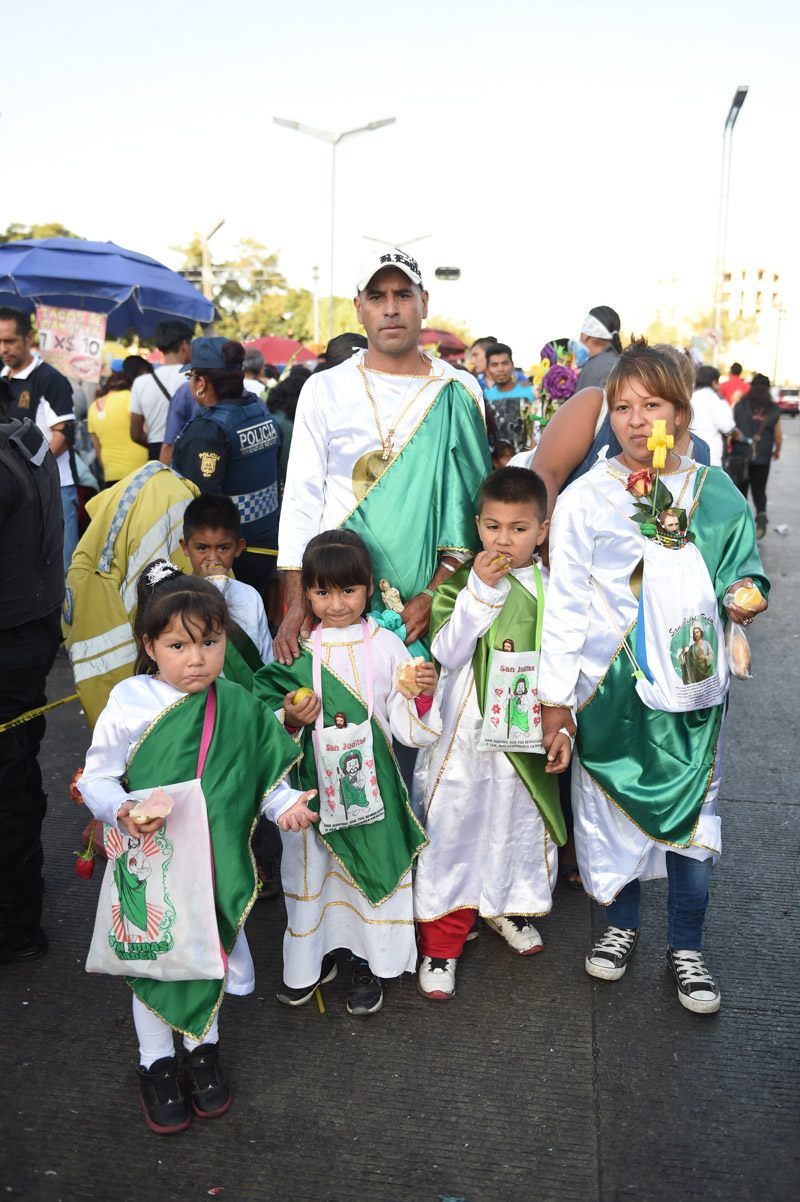


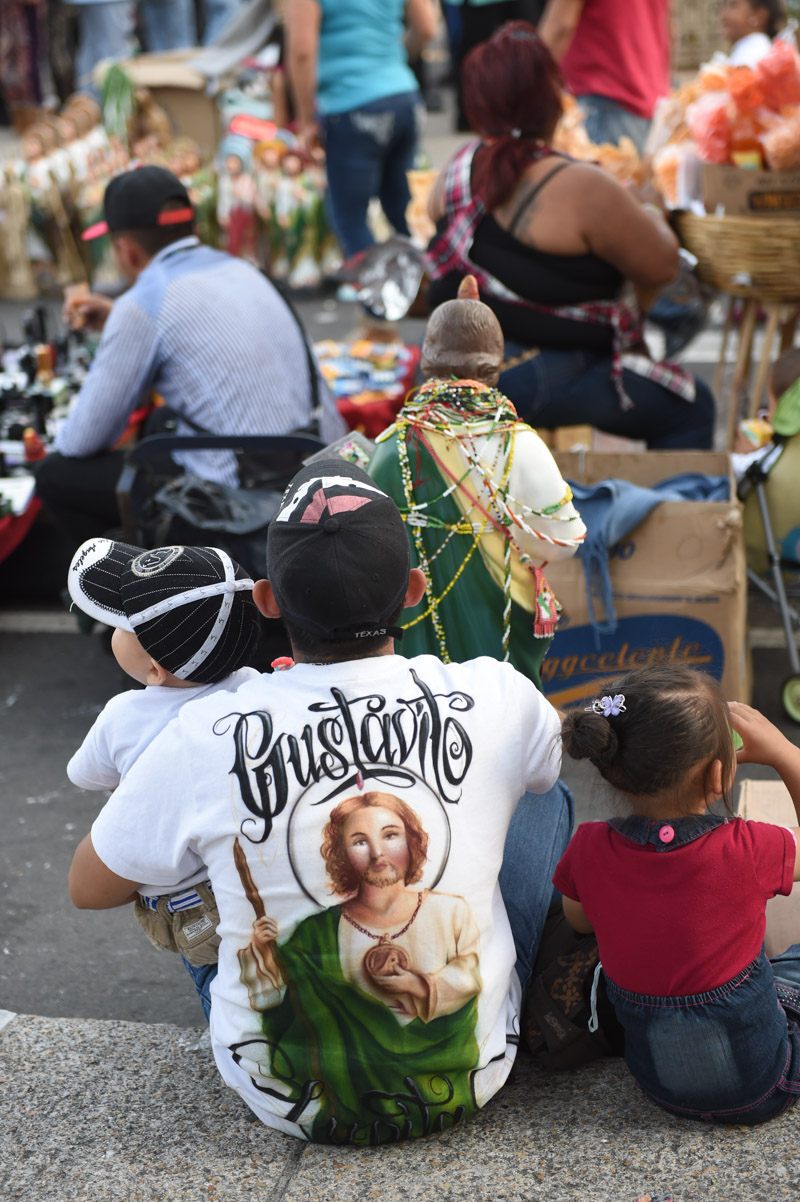
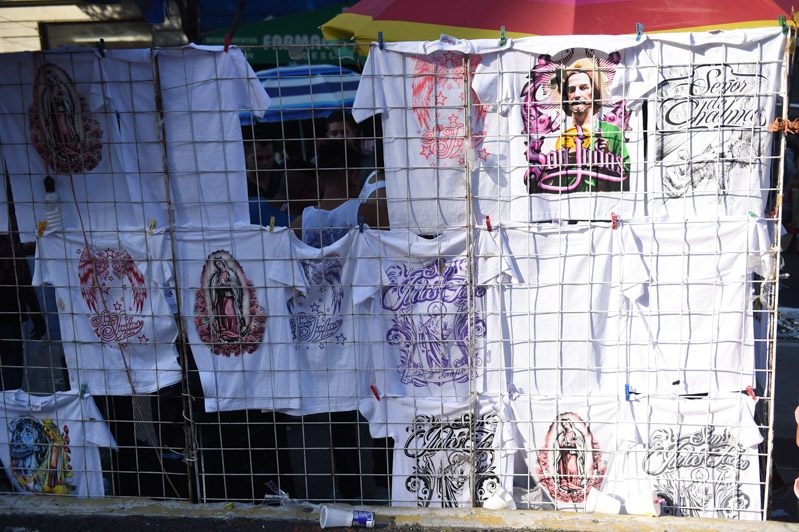
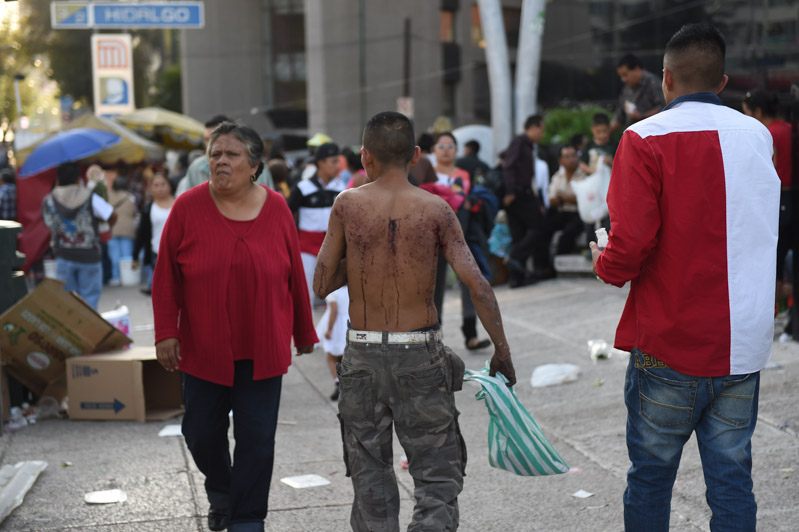
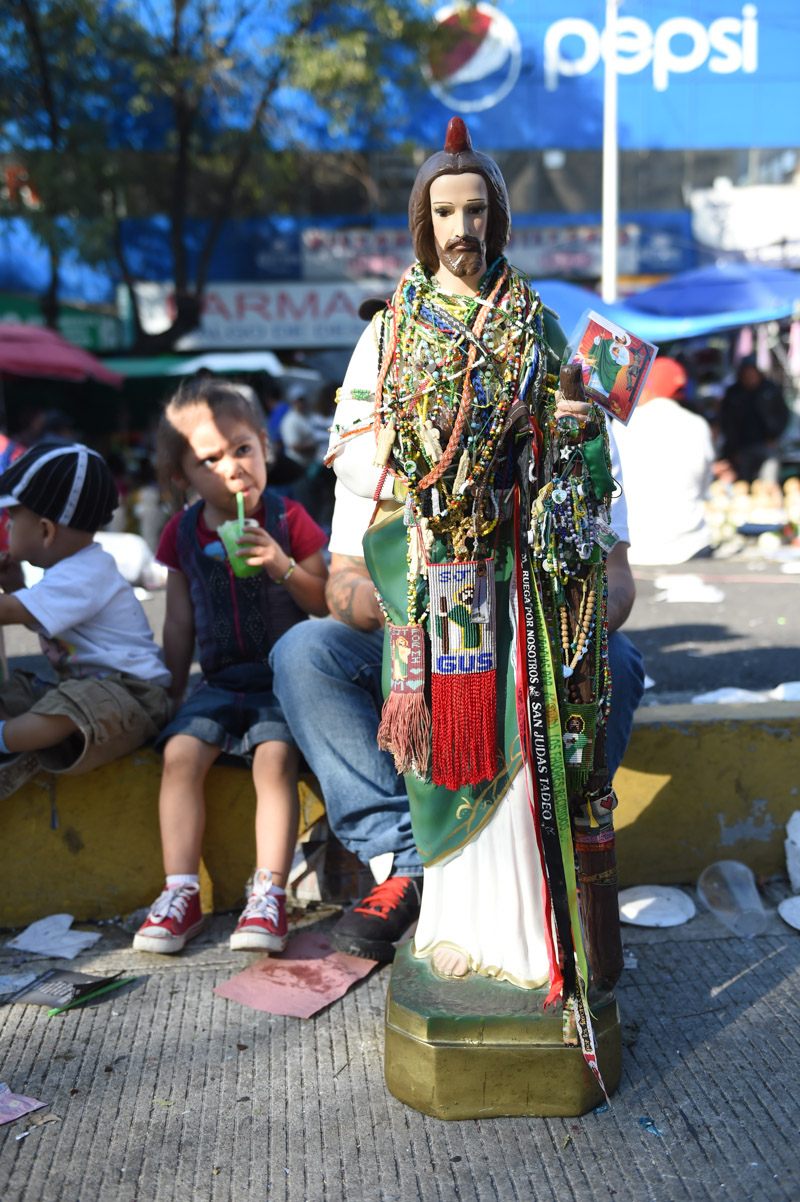


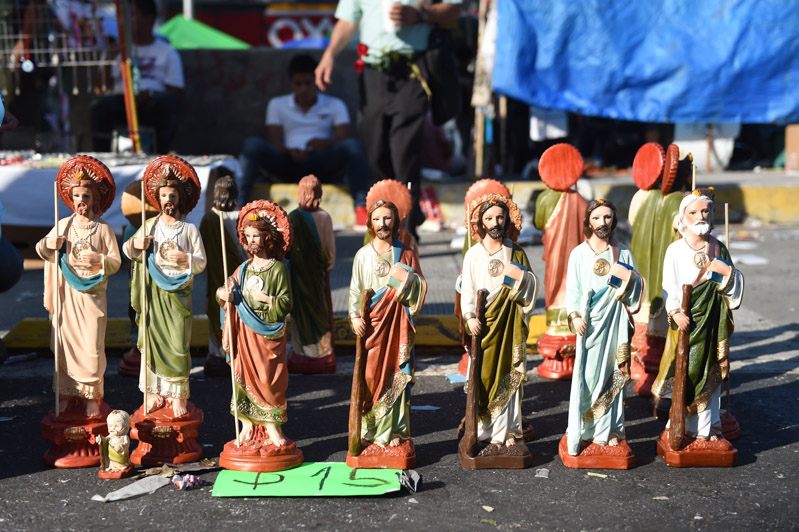


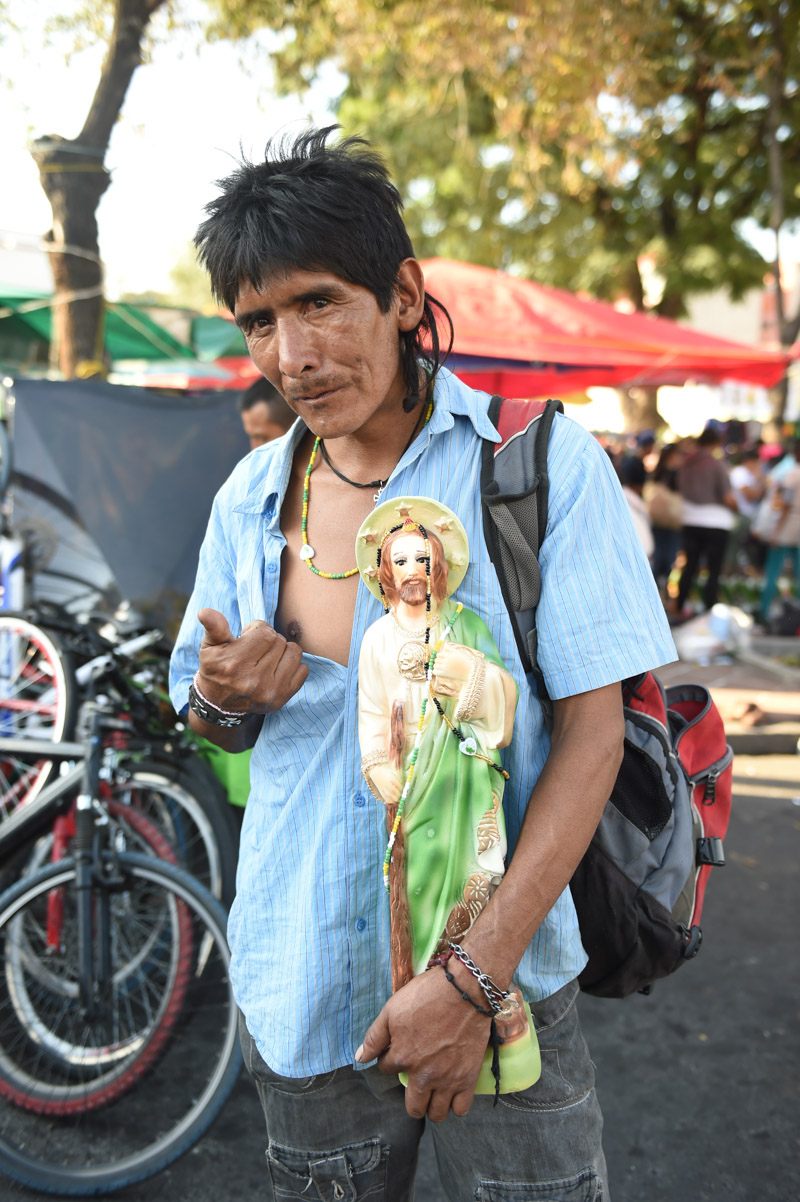
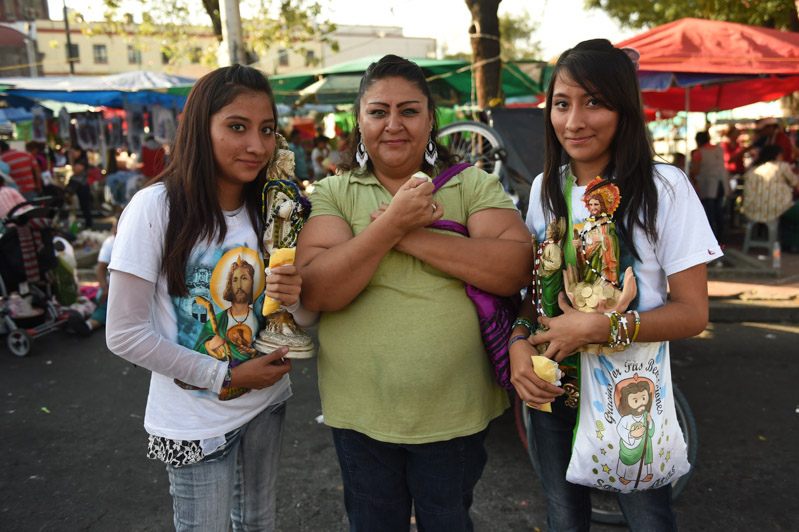
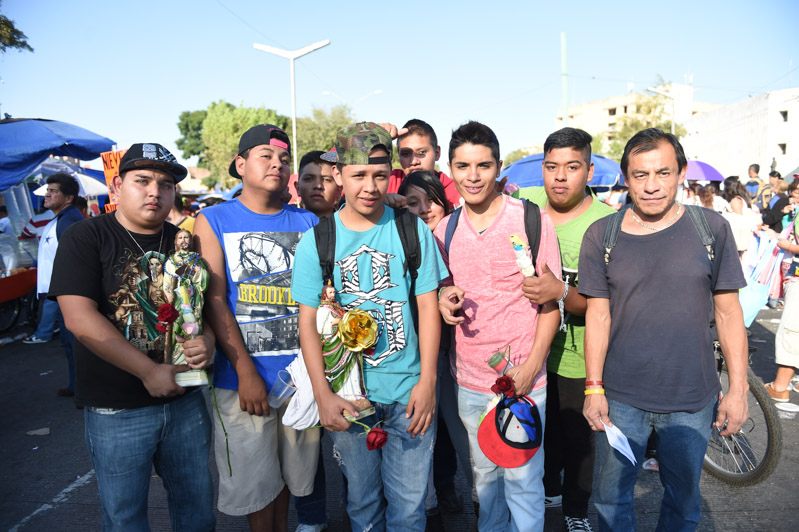



All photographs by Toni François, with more here.
Dr. Andrew Chesnut is Professor of Religious Studies at Virginia Commonwealth University and is author of the only book on Saint Death in both Mexico and the US, Devoted to Death: Santa Muerte, the Skeleton Saint. David B. Metcalfe and he direct Skeletonsaint.com, a site dedicated to news and analysis of the fastest growing new religious movement in the Americas.


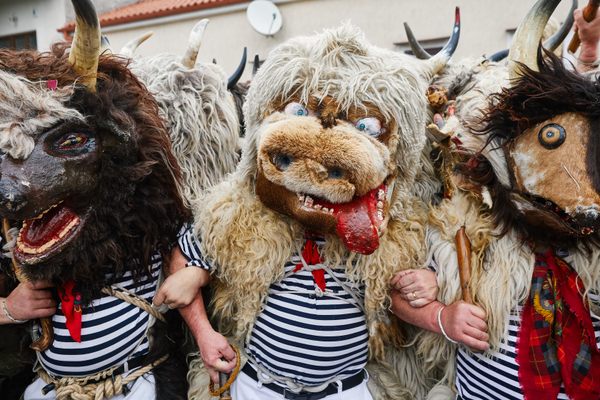

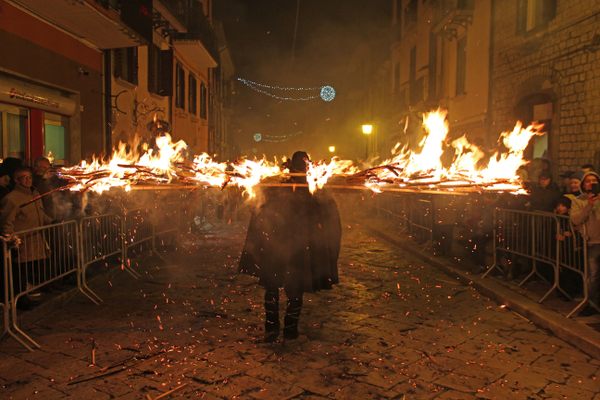





Follow us on Twitter to get the latest on the world's hidden wonders.
Like us on Facebook to get the latest on the world's hidden wonders.
Follow us on Twitter Like us on Facebook